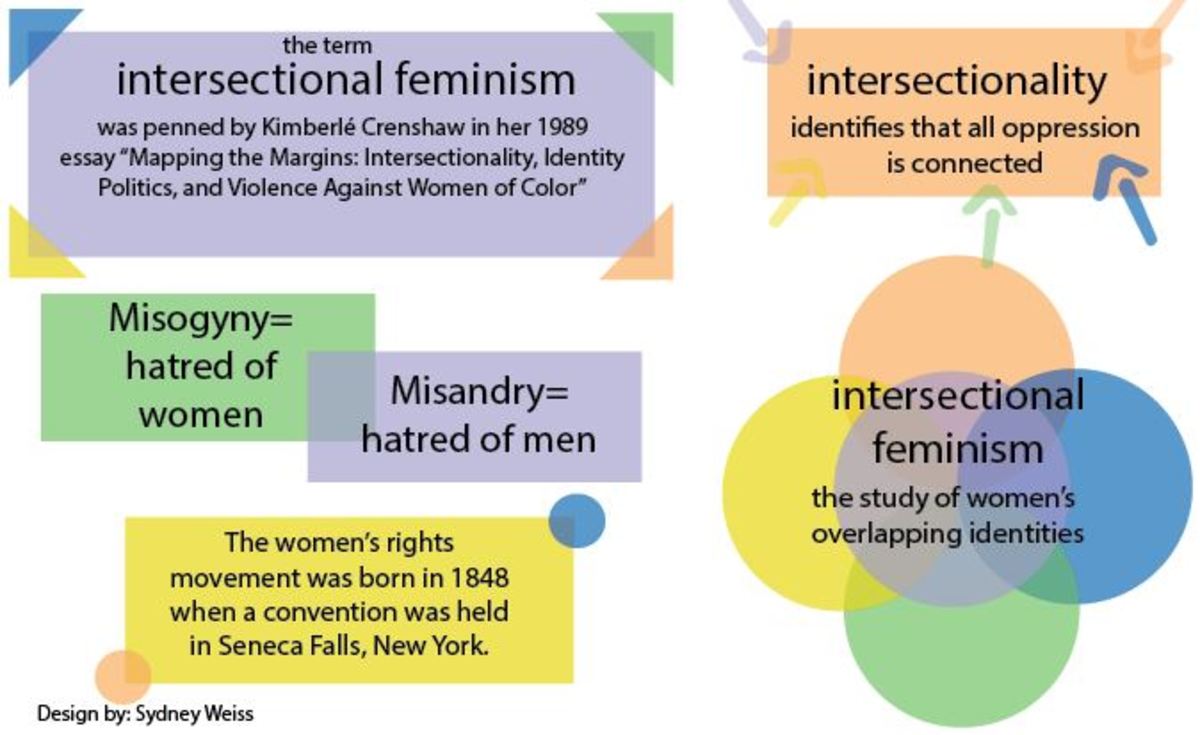Your donation will support the student journalists of Sycamore High School. Your contribution will allow us to purchase equipment and cover our annual website hosting costs.
Society discusses ‘F’ word
March 13, 2018
Intersectional feminism calls for understanding of the other factors that affect oppression and discrimination as people advocate for women’s rights and the end of sexism.
Intersectional feminism realizes that all oppression has common roots and oppression has different intensities and ways of impacting people. Different discrimination can come from women’s level of education, sexuality, ability, age, ethnicity, culture, class, and race.
Though separate issues, an individual is not separately affected by the different forms of oppression.
The term was coined by Kimberlé Crenshaw, though she was not the first to use its meaning as it has been around since the 19th century.
Also, the theory of intersectionality is not applied only to feminism but to describe how a person’s identity overlaps with more than one group.
Intersectional feminism advocates for the rights and empowerment of all women. Race, economic status, sexuality, etc. are affected by forms of oppression if in a minority position. Discrimination is not categorized, but interconnected and influences one’s life as a woman.
For example, it recognizes that it is not just college campuses that need reform in violence against women, but high schools too. It is not just the group of college women that are vulnerable to this; other groups and societies are vulnerable too.
Some groups of women face more discrimination from different angles than other women. Intersectionality is a way to try to work towards the equality of rights for all women, not just a select few.
All of these forms of oppression intersect in a woman’s life and make their experiences different.
There is still a gap between feminism and intersectional feminism, but it is becoming more mainstream. The long-term presence of “white women feminism” must also be overcome by the movement.
The women’s rights movements are spoken about in terms of waves, and today sees the fourth wave. While this wave is still forming, the topics of intersectionality and white privilege are being discussed.
This younger generation is highlighting the differences between women, and how they impact one’s experience. Today’s issues call for education and change in sexual assault and how society treats it, the end to shaming women’s bodies that is enforced by magazines, and more.
Some of the issues are new; some are being fought for all over again. This wave has opened up the conversation to include more issues that women face.
